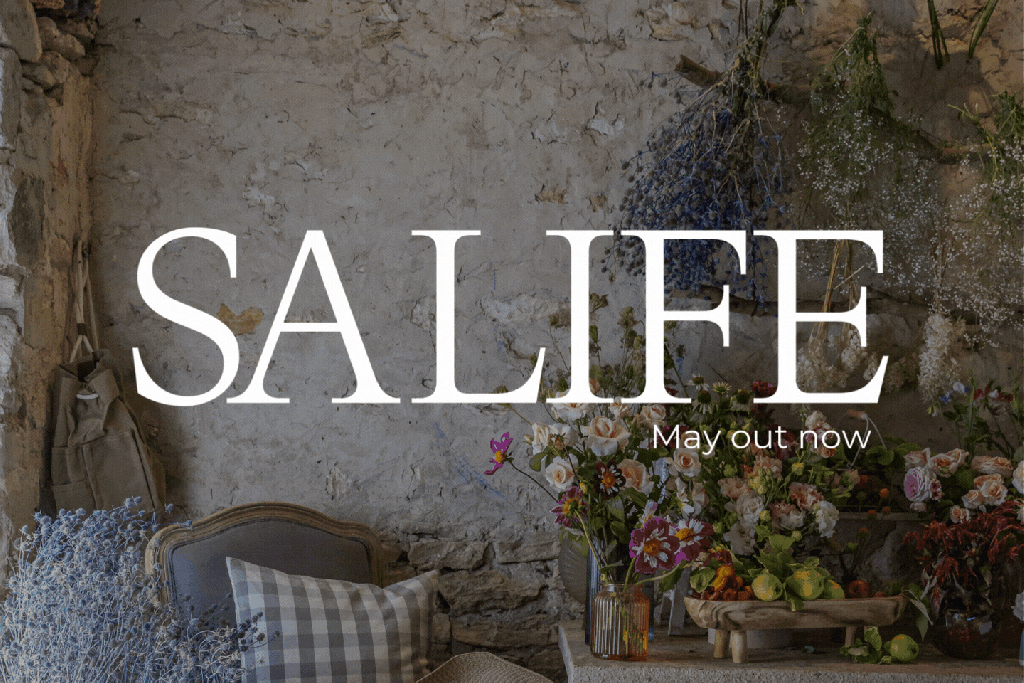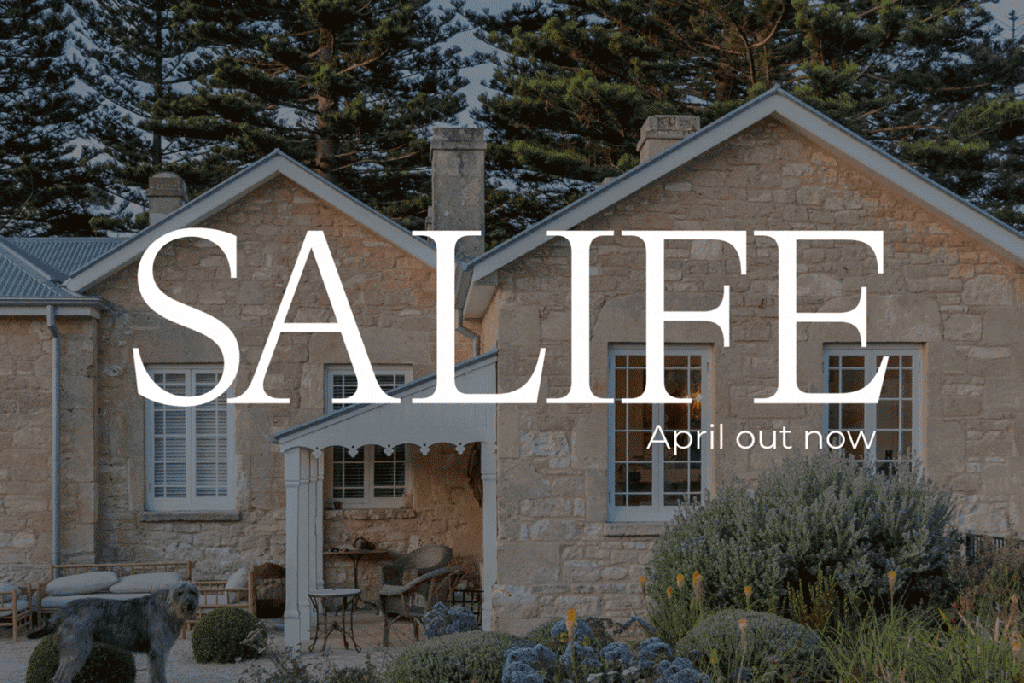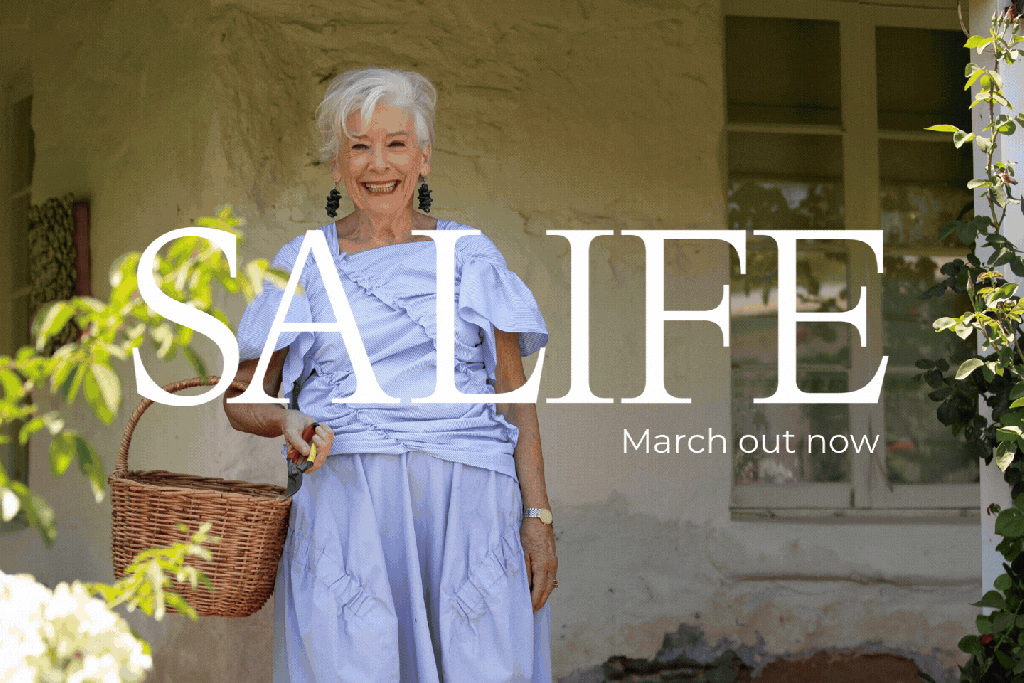Seeing into the state’s future
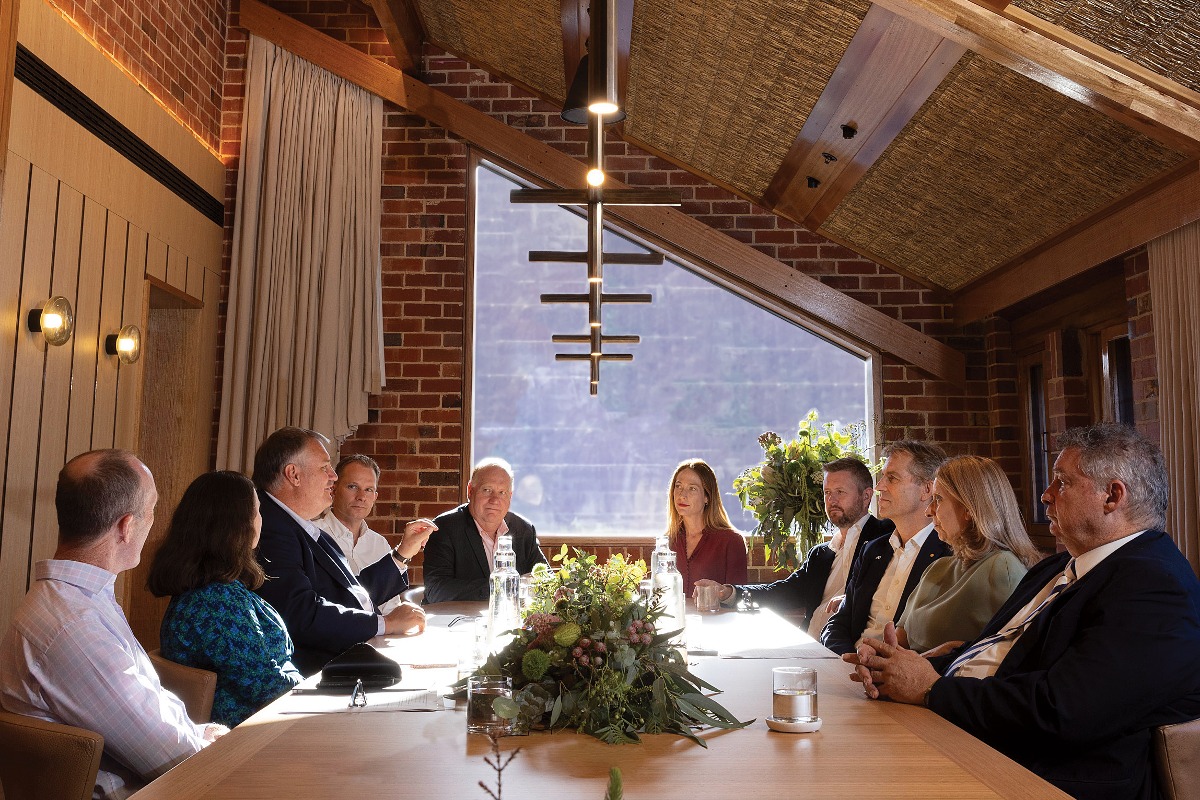
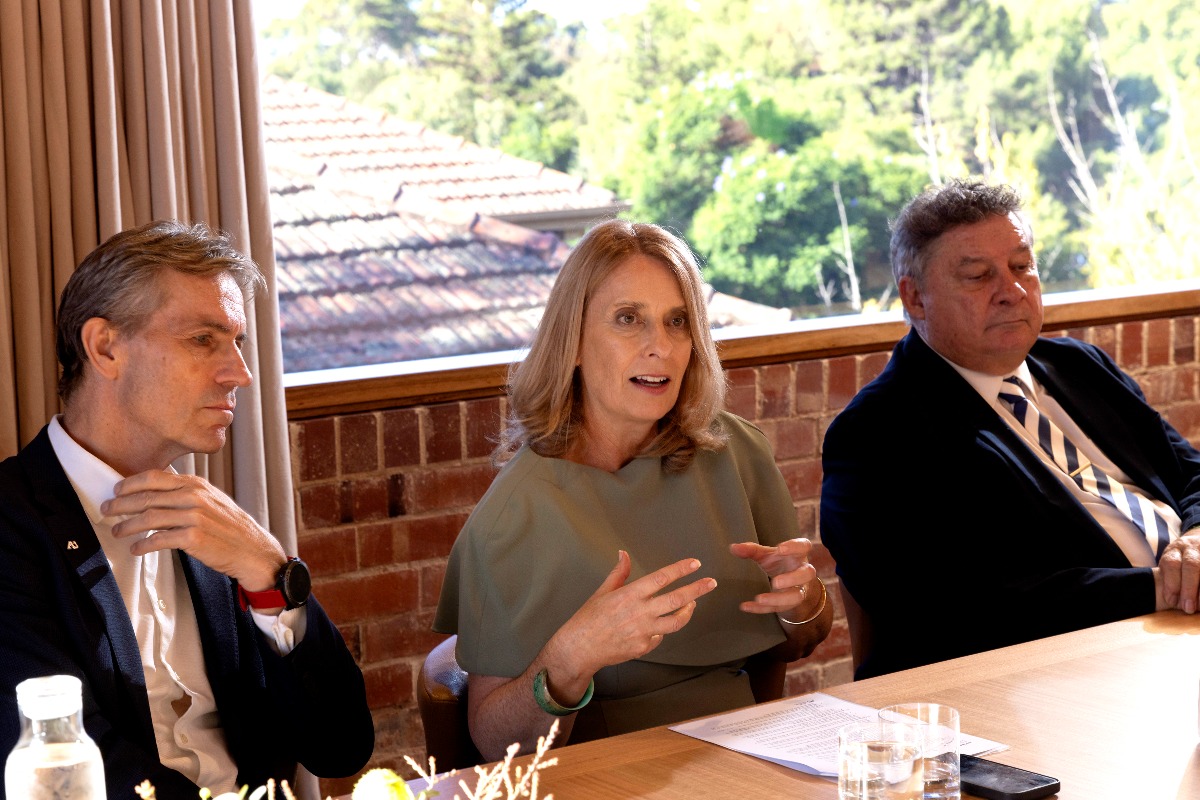
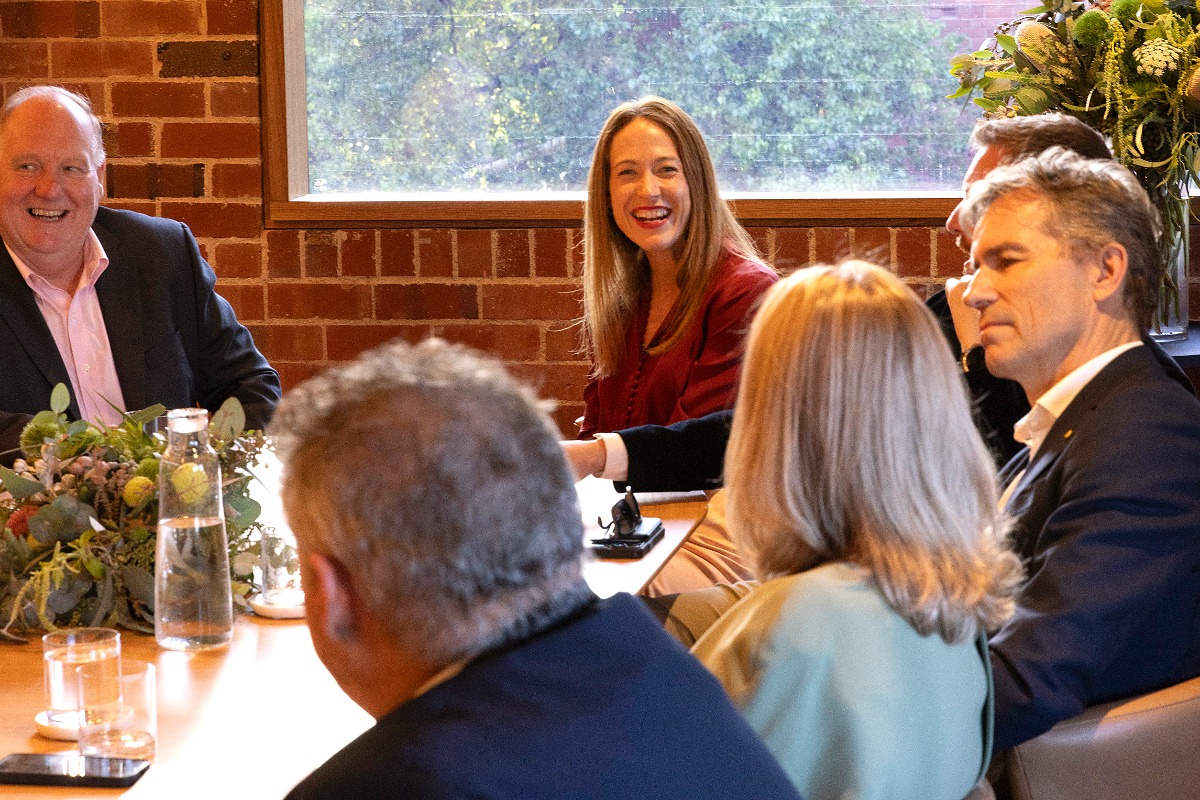
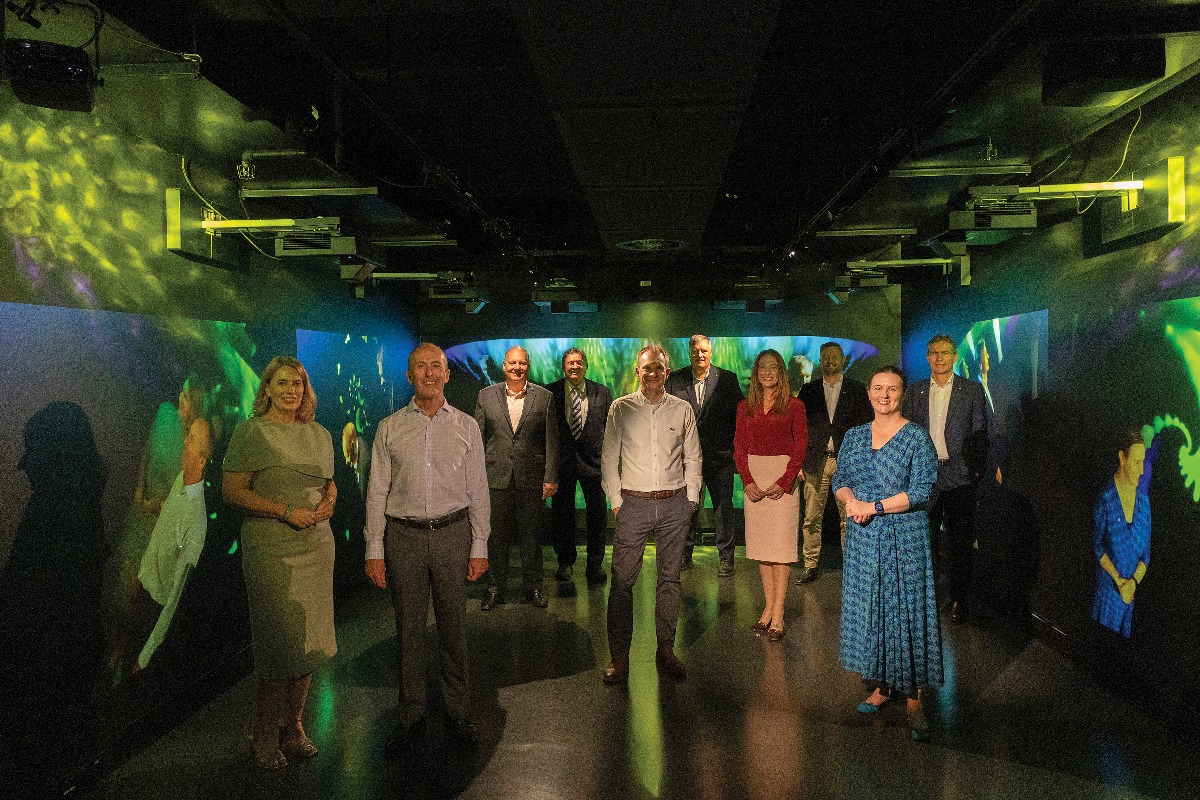
The late afternoon sunlight is streaming through the windows of Taikunthi in Union House, its warmth matched by the camaraderie of the ten leaders in the room who will next year launch the new Adelaide University.
Over the past 18 months, this leadership group has planned and steered the merger of the state’s two biggest universities, the University of Adelaide and University of South Australia. The ambitious project is leveraging the founding universities’ 180 years of experience and achievement.
When it launches in January 2026, Adelaide University will set a high bar for higher education globally, to deliver a powerhouse institution whose graduates will be equipped to meaningfully contribute to, and progress their careers, in a rapidly changing world.
The ten leaders are gathered around the table in the University of Adelaide’s restaurant Taikunthi, the space reflecting its Kaurna name meaning to ‘join, unite, partner, together’. Later the group moves to the University of South Australia’s futuristic museum of discovery, MOD. and the time-shifting FOREVER exhibition.
They are talking about the new university and what our state’s future will look like in 2040.

Paula Ward, Professor John Williams AM, Tom Steer and Professor Anton Middelberg
Achieving real impact as Australia’s most connected university
Co-Vice Chancellor Professor Peter Høj AC is looking beyond standard published success measures, like three-year graduate outcomes, to include the lasting and broad reaching impact.
“My ambition is that the university has been so successful,” he says, “that the earnings gap per capita between South Australia and the eastern states has been closed.”
“One, because we will have a higher proportion of people who can do more value adding work because they have a good education. And two, because we do new work and research, partnering more with society and informed by their needs.”
For Adelaide as a city, being at the cutting edge of research and having the knowledge workers will encourage large businesses to set up here, strengthen the economy and, Peter adds, potentially lead to increased social cohesion.
Deputy Vice Chancellor International and External Engagement Professor Jessica Gallagher says: “What inspires me about Adelaide University is our bold ambition to be Australia’s most connected university – to achieve real impact, we need to be able to think beyond our state and national borders and really look at those global connections.”
“And off Earth,” says Professor Anton Middleberg, who is Deputy Vice Chancellor Research and Innovation. “We’re partnering already with NASA, contributing to the Artemis III mission that will see the first woman on the moon.”
He mentions another research project – growing duckweed from the local River Torrens on the moon as a food source. This provokes laughter and looks of mock disgust from his colleagues. “The challenge is to make that compatible to farming in space,” he says, “and tasty… without throwing a lot of chilli sauce on it!”

Delivering ‘for purpose’ research and learning, while tackling society’s challenges
“It’s easy to think about plants for space being quite esoteric,” continues Anton. “But we’re doing it in an environment that has very little water, lots of radiation and not enough people – a bit like northern South Australia.”
“What we learn in the context of off-Earth agriculture shifts people’s frame of thinking to address everyday challenges of growing food in very harsh environments.”
The alignment of research activities with real and prevailing needs of the state is articulated within the new university’s mission statement.
Looking around the room at his colleagues nodding in agreement as he talks, co-Vice Chancellor Professor David Lloyd says the two words, ‘for purpose’, are “incredibly important to us all”.
“There’s a commitment that we have to deliver ‘for purpose’ projects,” David says. “It doesn’t have to be so universal as space, or even global – if we can move the dial on intergenerational disadvantage in this state, that translates everywhere and will be a real differentiator for us.”

Professor David Lloyd
This is something that the leadership team is universally passionate about, including the University’s enabling programs and scholarships.
For Aboriginal and Torres Strait Islander peoples, knowing they have the option to attend university is fundamental to encouraging enrolment, says Professor Steve Larkin, Deputy Vice Chancellor Indigenous.
“I’ve been thinking a lot about how we work in relation to cracking some of society’s biggest challenges,” Steve says. “The important thing for us to achieve with university culture, the way we work, and how we prioritise that work is that those students who historically haven’t had a choice, will have a choice.”
“If you think about people in the regions, Indigenous and non-Indigenous, probably not even contemplating that they have a choice to go here or to TAFE – we have a responsibility to provide leadership with that.”
Indigenous knowledge, culture and heritage is being embedded into every aspect of teaching, research and engagement at Adelaide University – and it will be the first university in Australia to have provision of an Aboriginal name in its founding legislation.
That same aspiration around choice is relevant to the new university, Steve says. “It keeps the bar high and means that we as a university have to stretch. If we do that in the right way, we’re in with a pretty good chance of realising that vision.
Enabling greater economic complexity through world leading research
Adelaide University’s signature research themes are: Defence & National Security; Creative & Cultural; Food, Agriculture & Wine; Personal & Societal Health; and Sustainable Green Transition.
“The opportunity in this state, at this time and aligned with those key areas, is profound,” says David.
The combined research capacities and specialist infrastructure of the two founding universities will enable breakthroughs in areas like space, offshore energy production, advanced manufacturing, deep tech, and tackling cancer and other diseases. These will have direct benefits for South Australians and the state’s economy.
At MOD., Anton shares that he knows firsthand the power of cross-disciplinary research. As an engineer, working with a physicist, biologist and chemist, they found “a common language”. “For me that was an ah-ha moment about the power of bringing together people with very different backgrounds and scientific bases to solve a highly complex problem.”
Adelaide University, he says, offers this at scale.

Professor David Lloyd, Professor Peter Høj AC and Professor Joanne Cys
A university that’s looking far ahead
The discussion turns to the common core courses that will be part of undergraduate degrees: artificial intelligence, data knowledges, entrepreneurship and design thinking, ethics, intercultural understanding, and First Nations knowledges.
Provost and Deputy Vice Chancellor Professor Joanne Cys says the courses were designed to ensure students are future ready for a changing workplace and society.
“They’ll have transferable skills in addition to the deep professional knowledge of their degree, preparing them for their 30 or 40-year career journey,” Joanne adds. “We’ll keep course content contemporary through our partnerships and interaction with industry sectors, employer stakeholders and advisory board members.”
Peter notes that each founding university supports its students to use AI in their learning. “We felt we had to educate them to be responsible users of the best technology,” he explains. “We’re scared of AI in one sense and we’re excited by its potential at the same time – and if we aren’t both, we probably aren’t responsible citizens.”
To that end, in December 2024, the University, CSIRO and South Australian Government invested $20 million to create the Responsible AI Research Centre within the Australian Institute for Machine Learning.
“There’s virtually no technology that doesn’t have a great use opportunity and a bad use opportunity,” Peter adds. “So, we’re all in, but with open eyes.”
Anton nods in agreement. “We have some of the best research power in AI, they benchmark globally,” he says. “We also have some of the best students, with the best science and maths skills you can imagine, coming out of a really good high school system, building a pipeline of talent to further advance our tech capabilities and national defence agenda.”

Ambitions for a new generation of learners, researchers and innovators
“We started with an ambition and an absolute requirement: this was going to be a comprehensive university,” says Professor John Williams AM, Deputy Vice Chancellor Academic. “A university that holds what the foundation universities are doing now and grows – and that’s in a world where people are going in the opposite direction.”
John’s portfolio oversees the curriculum and what he describes as “all the elements associated with shaping a great graduate”. The merger has offered the rare opportunity to look at the entire curriculum and, he says, ask, “Have we designed it in a forward looking way that can meet the aspirations of modern learners?”
“You know, circumstances change in people’s lives,” responds Joanne. “So, the way we’ve designed the new degrees means that if a student does have to take a break after first or second year because of a work opportunity or some other circumstance, they’ll have attained a level of qualification that will be transferable.”

Building a welcoming culture
The conversation turns to the student experience.
“Student experiences and success is why we exist,” says Tom Steer, Deputy Vice Chancellor Student Experience & Success. “I’d love it if we became a global case study of how to do this well.”
“For us to be known as a place where students have a big voice in the way the university operates, and where the innovation and technology we’ve deployed, coupled with the investment we’ll make in our campuses, will really enhance the student journey.”
Deputy Vice Chancellor Corporate Paul Beard says when he was a student, he valued industry connection, flexible learning options and preparing for a career that could adapt over time.
His comments prompt others to share their own university journeys and hopes for Adelaide University’s students.
“I was 17 and the first in my family to go to university and I had no idea what it was,” says David. “I wanted an institution that I could navigate, was accepting of the fact that you didn’t have some sort of pedigree, and was actually a place you went to get a job.”
“Fast forward to 2040 and this institution, Adelaide University, is going to be big, but also welcoming and somewhere that is going to advance you.”
John agrees: “I’m very much with David on this one. There are enduring values in universities, and there are many around this table who can say university has made them.” A quick poll reveals six of the ten were first in their family to have a university education.
This resonated with Steve: “I was also first in family to attend university and that was a big deal, proving we can break intergenerational cycles and start new futures with greater possibilities for Indigenous people.”
“The biggest challenge,” Tom adds, “is working out when to place opportunities in front of students at the right time.”
“We’re investing in technology so we can track progress and proactively work with our students when it really matters with real time metrics.”

A better educated population is within clear reach
In the future, a greater proportion of South Australians will have studied at university than any time before.
“Fifteen years from now, there’ll be 550,000 people who have gone through either the founding institutions or the new institution,” says David. “If you think about the size of the state’s population and the number who’ll be connected to us, you can see just how influential the university will be.”
There is high demand for that number of graduates to grow.
John mentions the Commonwealth Government’s target of 80 per cent of the population having tertiary qualifications by 2050, which will equate to 1.8 million South Australians holding bachelor degrees.
He adds: “We, as a university, have a contribution to make – because this is what the future workforce needs.”
Like the others, Jessica sees the benefits that will flow locally. “With Adelaide University, we have an opportunity to engage a much broader range of learners – to bring in more international talent, to keep all of the great talent we have here in the state,” she says.

Paul Beard and Paula Ward
Transformation and legacies past – and for the future
Deputy Vice Chancellor People & Culture Paula Ward expresses a similar idea: “We need to create a new culture and, in doing that, respect our proud histories, and find those components that we want to bring forward.”
Transformation is being ushered into every portfolio, including Corporate, Paul says, which can be viewed as an “enabler” of everyone’s success. “We help build the spaces, the technology and all those other things to support our core business of teaching, research and interfacing with community and industry.”
“We’ll have the largest campus and one of the biggest physical footprints and IT network of any organisation in the state,” he adds. “We’re well up there in significant industry impact as an enterprise in our own right – and we’ll have a dramatic effect on the economy of the state.”
Later at MOD., David says it’s important to not lose sight of the fact that this transition phase is the beginning of transformation. “We have a task to do to bring the systems and people together, the mechanics of an operational institution. That’s phase one. Phase two is all the improvements we’re making to hit those end goals of 2034.”
A once in a lifetime opportunity
In a quiet moment after the round table, John sums up what the leaders have often returned to over the past few hours.
“We’ve got a unique moment here to do something that has been talked about for a while.
“Our legacy will be a relevant, future-focussed curriculum, alumni who will look fondly on their time at the university, people doing research that transforms the lives of others, and a citizenship that can bring cohesion to what is often a very difficult world.”
Read the full article in the May edition of SALIFE magazine.
Adelaide University Australian University Provider Number PRV14404. CRICOS Provider Number 04249J.

